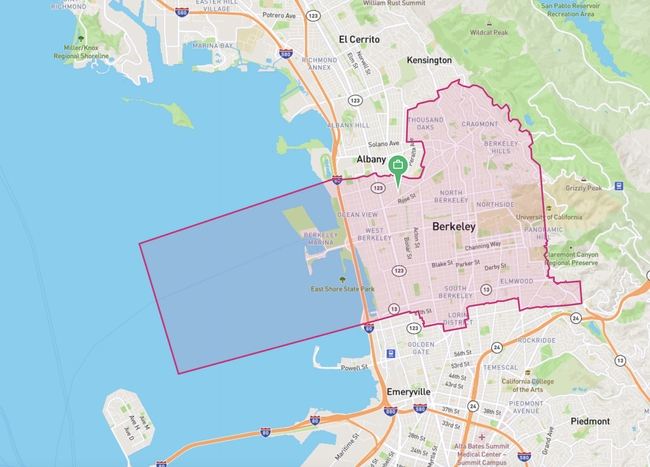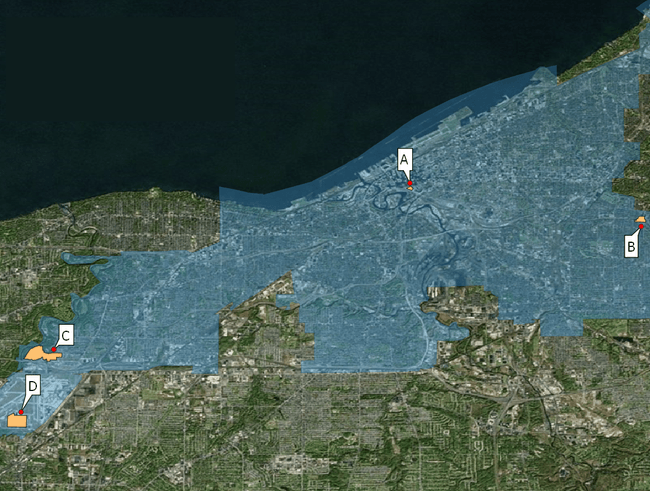Spotlight on Pennsylvania local taxes
Pennsylvania has even more taxing jurisdictions than Ohio does with 2,506 municipalities and 472 school districts imposing local taxes, making it the most complicated state in the country for local taxes. In addition to local taxes, residents face a high state tax burden. The Pennsylvania state and local governments use revenue earned from these taxes to fund several operations across the state. There are 73 agencies across Pennsylvania assigned to different districts to collect state and local taxes.
Philadelphia City Tax
Philadelphia, in particular, creates the most complicated tax scenarios for the state. In Philadelphia, there is one rule: If someone works in Philadelphia, he or she must pay the Philadelphia local tax, no matter what. Whether or not the individual lives in Philadelphia is irrelevant. The worker could live in Delaware, but if she works in Philadelphia, she has to pay the Philadelphia rate. Essentially, if a person commutes to an office in Philadelphia in any way, shape, or form, he or she is subject to and will pay the local city tax.
What is a PSD code?
PSD stands for “Political Subdivision” code. A PSD code is a six digit code that identifies municipalities such as cities, boroughs, and townships in Pennsylvania. PSD codes are used to help employers distribute the correct amount of local earned income tax (EIT) to corresponding tax jurisdictions. PSD codes were established as part of the passing of the Pennsylvania Act 32 of 2008, which became effective statewide in 2012.
PSD codes were established in an effort to simplify Pennsylvania’s earned income tax collection process. For many years, Pennsylvania had over 500 tax collectors, which proved costly and difficult to manage. Act 32 streamlined the EIT system, greatly reducing the number of tax collectors. Act 32 also renumbered local taxes based on PSD codes.
PSD codes are six-digit numbers that help employers and tax collectors remit the correct amount of EIT to the appropriate taxing jurisdiction. A PSD code is based on an employee’s address. Employers file a Residency Certification File when hiring each employee to determine the correct PSD rate. These forms, along with other onboarding paperwork, are kept in employee personnel files.
Here is what makes up the six digits of a PSD code:
- First two digits: These make up the Tax Collection District, usually a county. This is based on the employee’s home address.
- First four digits: Combined, the first four digits of a PSD code represent the School District Code, based on the employee’s home address.
- All six digits: Combined, all six digits make up the PSD code, which represents the city, borough, or township where the employee’s address is located.
Under Act 32, EIT consists of a percentage of earnings based on an employee’s resident rate, and nonresident rate. The Act requires employers to withhold the higher rate of those two and send tax withheld to the appropriate tax collector. Should the rates be the same, the nonresident rate, or work location rate, is used. Businesses with multiple locations across Pennsylvania can send their taxes to the tax collector in the district where their company is headquartered.
Act 32 also improves the accountability of the tax collector, through various means such as:
- The tax collector must keep detailed records of every dollar received and distributed.
- The tax collector must submit monthly reports.
- The tax collection office has new tools to pursue employers who do not comply with Act 32.










